
WAGS NEWSLETTER
July, 2023
The WAGS Word
Welcome to the Q3 2023 edition of our newsletter. Thank you for your interest in our articles and we hope you enjoy what the team has cooked up this quarter!
We have had some very exciting developments over the past quarter and to come in Q3.
Joaquin and Denni were integral in hosting a series of sow workshops in the Great Falls area. There were some great presentations, discussion, and general sharing of experiences. This activity brings value to all involved and we are looking forward to hosting more of them on both sides of the border!
We are excited to announce that we have merged Profarm into the WAGS business. Profarm is a leading supplier of dairy ingredients in Saskatchewan with access to competitively priced palm fats, Lactipro, Bovi-herd, and many other ingredients. With strategic and exclusive positions in many of these ingredients, we are excited to broaden the distribution of these products to ruminant customers across the prairies.
In Montana, we are proud to announce that Jake Adams has been promoted into a sales role to support our growing Montana business. Jake has quickly become an integral part of WAGS’ business over the past year. Jake will work with hog, poultry and ruminant producers, while the lovely C-Ann Cornell will be back in the fold to support warehouse activities. Congrats Jake and welcome back C-Ann!
The grand opening for our swift current location is being held August 17th and we look forward to seeing many of our customers in the area that day. In addition, we will be hosting customer appreciation days in the fall in Alberta and Montana. Please stay tuned for dates and locations.
Thank you for your business and we wish you all the best as harvest nears.
Commodity Price Update
Grain prices followed a bearish trend over the past months due to reduced US exports and good global crop outlook. The drought scenario in the US Midwest added volatility to the market in June but improved precipitation forecasts for July helped to limit the upside trend. The market has recently found support on the war escalation between Russia and Ukraine and the concerns surrounding Black Sea exports. Protein prices have also declined following the crude oil bearish trend and Brazilian exports. The US new crop conditions will be an important driver moving forward.
Crude oil prices are currently trading around the $80 USD level. Weak economic data from top consumers and ongoing concerns surrounding global economy pressured the market. The US data pointed to the smallest job gains in two-and-a-half years, which increased the likelihood of the Federal Reserve (Fed) raising interest rates at its July meeting. However, crude oil prices could rebound after the Organization of the Petroleum Exporting Countries (OPEC+) announced plans to reduce supply further.
The Canadian dollar has been benefiting from the divergence between the Bank of Canada (BoC) and Federal Reserve’s outlook on monetary policy. The Bank of Canada hiked its rate to 5.0% in July. The bank stated that there is a risk of inflation surpassing its 2% target, which may further increase interest rates. Fed held off on rate hike in June, but says two more are coming this year. The Canadian dollar is currently trading above the 0.75 range against the US dollar and the market trend will depend on crude oil price trends and on the US monetary decision moving forward.
After finding support on the US drought outlook and reaching the top level of $6.70 USD/bu, corn futures declined following improved precipitation forecasts. On top of that, the USDA acreage report contributed to the downside trend. An estimated 94.1 million acres of corn have been planted in the US for 2023, up 6% from last year - representing the highest acreage for the crop since 1944. The next several weeks will be critical for these planted acres, as the corn is in its pollination phase. A volume close to one million tonnes of corn has been booked by unit train into Southern Alberta over the next 12 months as corn is providing value to Western Canadian feed rations. Corn delivered to Lethbridge/AB is being traded around $390 per MT and new crop offers are at $360 per MT. The market is volatile as Russia is officially out of the Black Sea export agreement.
Wheat prices have also declined following the larger than expected Canadian acreage estimate. Ample Russian supplies are also continuing to make US exports unattractive price-wise. However, local prices have started to hold firm due to weather risks across Western Canada and following the Black Sea situation. New crop conditions in Alberta are way below the 5-year average and rainfall is still needed across Saskatchewan. Delivered price indications in Red Deer/AB are at $420-425 per MT and new crop indications are at $375-385 per MT. Following the same trend, barley delivery prices in Lethbridge/AB are at $425 per MT. Offers for Oct-Dec’23 delivery are at $370 per MT. Prices were holding firm but could start to soften in the following weeks as we get close to new crop offers and due to a higher volume of corn imports.
Soybean meal prices received support from the weather risks in North America but declined due to reduced crude oil prices and strong Brazilian exports. On the other hand, the USDA estimated planted area for 2023 at 83.5 million acres, down by 4.5% from the March Prospective Planting report and by 4.8% compared to the average trade estimates. The weather in the US growing areas will be a key driver moving forward. Prices are currently ranging around $770 per MT in Red Deer/AB.
Canola meal prices are trading around $495-$505 per MT in Red Deer/AB. Statistics Canada projects that farmers will expand the cultivation of canola in the upcoming 2023-24 crop year, with a slight increase estimated at 8.7 million hectares (Mha).
We forecast grain prices to decline further as we get close to new crop offers but the upside risks are growing in the market, especially due to weather uncertainties and following the Black Sea logistics challenges. Protein prices could remain volatile in the near term but are also expected to decline in Q4.
Synthetic amino acids prices are close to a bottom level. After failed attempts, the Chinese manufactures increased lysine prices, which should be seen in the Canadian market over the next months. Amino acids prices could soften around Q4’23 but it will depend on the price trends for agricultural commodities.
PIG TALK
Feeding the Gestating Sow
Piglet survival around birth and for the whole lactation period remains a challenge for the pig industry. Piglet birth weight is a critical factor that influences the overall health, growth, and survival of piglets. Approximately 15–20% of all piglets born will die before weaning. Increased total born in modern sow genetics has resulted in a decrease in average birth weight and an increase in the within-litter variation of birth weights (Baxter and Edwards, 2018). This variation has been associated with higher pre-weaning mortality. Piglets with a birth weight below 1 kg have up to 40% pre-weaning mortality, compared with 15% for piglets weighing 1.0–1.2 kg, and 7% when birth weight is above 1.6 kg (Figure 1; Roehe and Kalm, 2000).
There is a strong effect of litter size on average piglet birth weight. For every piglet increase in litter size, the average birth weight drops by 31 grams. In addition, parity 1 sows give birth to piglets with lower average birth weights compared to multiparous sows (Langendijk et al., 2023). Attempts to increase birth weight through nutritional interventions such as “bump feeding”, or increased feed allowance targeting placenta vascularization have not always been successful. Thus, understanding the factors influencing fetal growth and development is important to develop strategies to increase piglet birth weight.
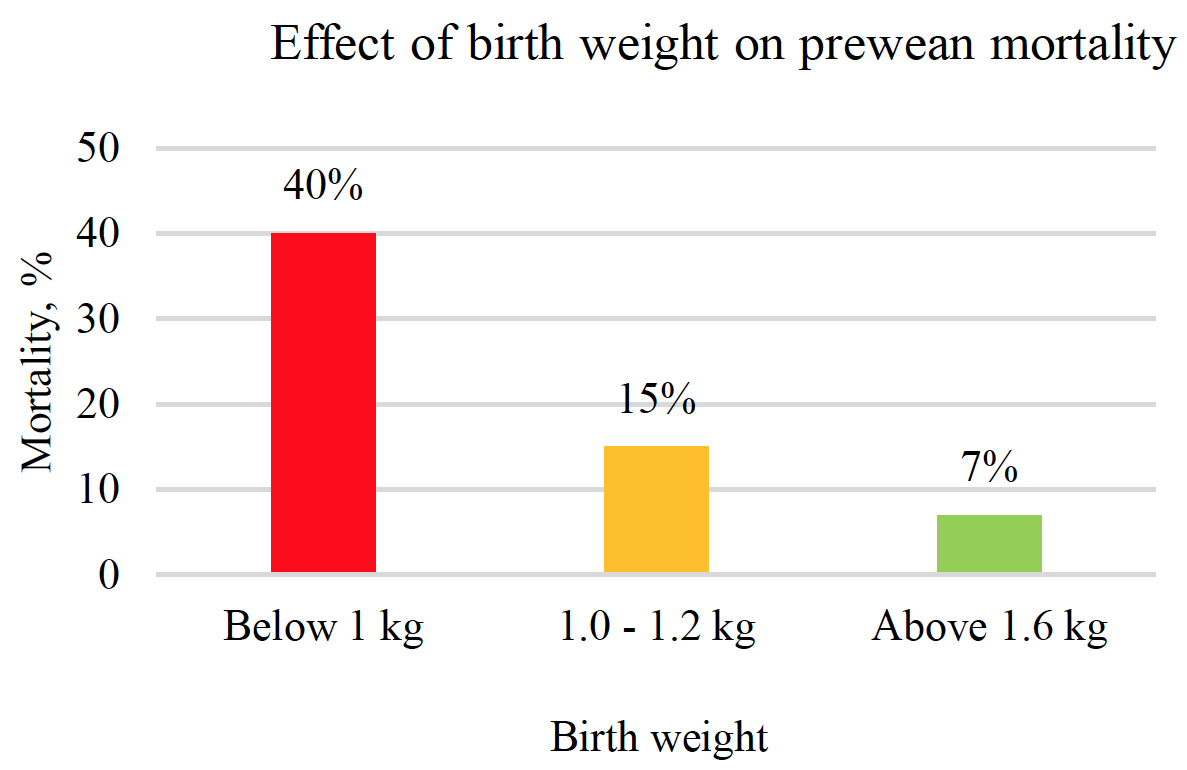
Figure 1. Prewean mortality in relation to birth weight (Roehe and Kalm, 2000).
Causes of litter birth weight variation
Genetic improvement and litter size. Recent sow genetic improvements have increased the number of total piglets born per litter. With an increase in litter size, the total litter weight also increases, for which the uterus adapts to accommodate larger litter but not sufficiently to maintain piglets' birth weight. Increased total born hurts fetal growth and development likely linked to reduced fetal oxygen and nutrient uptakes, and reduced utero-placental blood flow per fetus (Reynolds and Redmer, 2001). Litters with 13 total born piglets had 7% of piglets with birth weight below 1 kg and 25% of piglets with birth weight above 1.8 kg. Litters with more than 17 total born piglets had 22% of piglets with birth weight below 1 kg, and only 3% of piglets weight more than 1.8 kg (Figure 2; Langendijk et al., 2023). Thus, increased litter size decreases litter uniformity and average piglet birth weight, affecting piglets’ viability and performance (Campos et al., 2012).
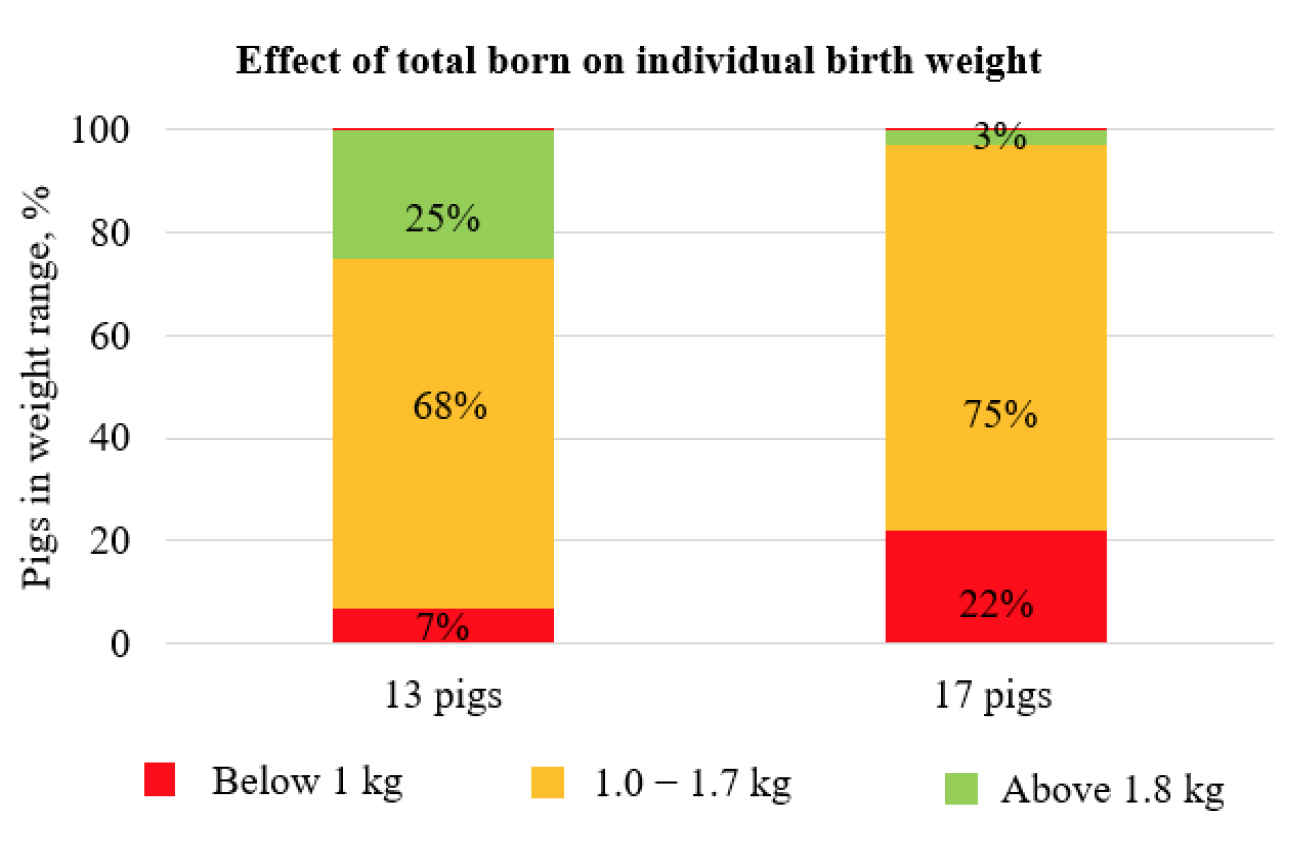
Figure 2. Piglets weight classes in relation to litter size (Langendijk et al., 2023).
Placental development and blood flow. The placenta is the organ that allows nutrients and wastes to be exchanged between the sow and the fetal pig. Placenta development occurs between day 30 and day 60 of gestation. The formation of new blood vessels determines the placental blood flow, which is critical to support fetal development (Reynolds and Redmer, 2001). Uterine blood flow increases with litter size, but the blood flow per fetus decreases as litter size increases (Pere and Etienne, 2000). Because of the increased number of total born piglets in modern sows, fetal growth has been limited by decreased uterine blood flow per fetus. Providing different amounts of nutrients to the fetus during gestation might partially explain the within-litter birth weight variation, as the correct supply of all metabolic demands necessary for fetal growth is influenced by the uterine and umbilical blood flow (Reynolds et al., 1985).
Nutritional strategies to improve litter uniformity
Weight loss in lactating sows. Low feed intake through lactation results in reduced nutrient intake for the sow, higher body weight loss, reduced piglet growth rate and weaning weight, longer wean-to-service interval and reduced subsequent litter size/uniformity and lifetime performance (Wientjes et al., 2013). It is recommended that weight loss during lactation should not be greater than 5% (~10kg) for first parity sows and 10% (~22kg) for older sows to achieve a high subsequent litter size (Thaker and Bilkei, 2005). Supplementing sow diets with dextrose and lactose (fermentable sources) 7 days before farrow and throughout lactation increased average piglet birth weight by 86 g in the next parity, possibly due to a greater secretion of insulin (Van den Brand et al., 2009).
Nutrition before ovulation. Sow/gilt nutrition before ovulation influences the uniformity in embryonic development and within litter birth weight (Quesnel et al., 1998). Oocyte/follicle quality can be improved (Figure 3) by feeding more energy through “flushing” (increased feed allowance ~3.7 kg/day; Ferguson et al., 2007). Sows fed dextrose during the weaning to estrus interval had a significantly lower within-litter variation in birth weight (Van den Brand et al., 2006). Dextrose affects plasma insulin concentrations which stimulate the utilization of nutrients by the ovaries, increasing the rate and quality of ovulation (Prunier and Quesnel, 2000).
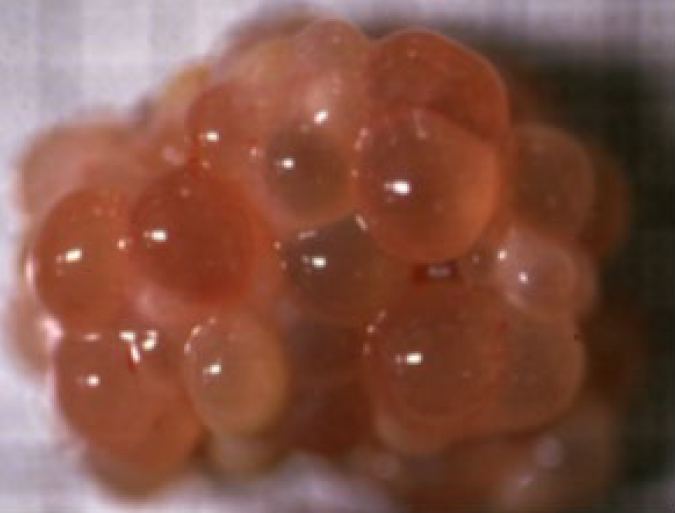
Figure 3. Effects of two feed levels in follicle size (Hazeleger et al., 2004)
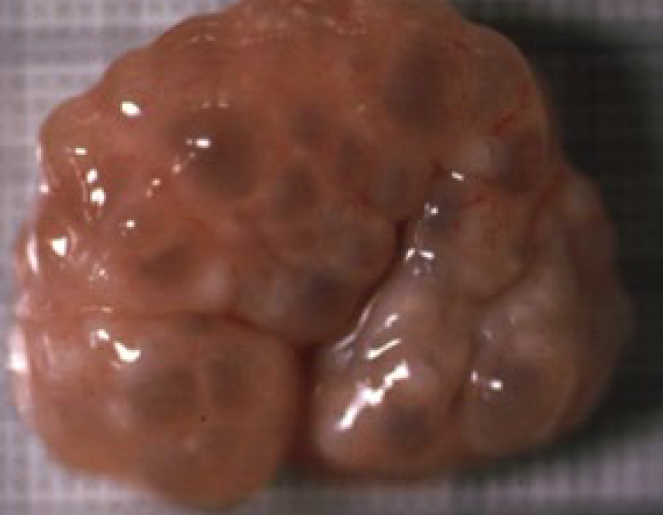
Figure 3. Effects of two feed levels in follicle size (Hazeleger et al., 2004)
Nutrition during gestation
Early gestation. In the 1990s the feed level paradigm was developed, recommending reducing feed allowance in early gestation. This was based on the observation that high feed levels reduced circulating progesterone (Jindal et al., 1996). However, since then it has been proven that progesterone supply to the uterus largely depends on direct transfer from the ovary and that a high feed level stimulates the secretion of progesterone by the ovaries, increasing progesterone delivery to the uterus, and likely increasing embryo survival. Embryo survival at day 10 of gestation was 92% for gilts fed 2.78 kg/day compared with only 77% for gilts fed 1.51 kg/day (Athorn et al., 2011; 2013).
Mid-gestation. Placenta development mostly occurs between day 30 and day 60 of gestation (Figure 4). Thus, given the strong link between placenta size and piglet birth weight (Town et al., 2004), it may make sense to enhance placenta development and vascularization during this phase of gestation. Supplementing a gilt diet with arginine starting on day 30 of gestation until farrowing increased total litter birth weight by 24% (Mateo et al., 2007). Supplementation with 1% L-glutamine (arginine precursor) from day 90 of gestation also resulted in greater average piglet birth weight and decreased the number of intra-uterine growth-restricted piglets (piglets with a “dolphin-like” head shape, bulging eyes and long and thin body) by 39% in the next parity (Wu et al., 2011). However, a positive effect of arginine on birth weight has not always been observed (Bass et al., 2017).
Insulin-like growth factors (IGFs) are a key component driving the surge in placenta growth in mid-gestation (Sferruzzi-Perri et al., 2011) as fetal growth and fetal weight at term are correlated to plasma IGFs in the dam in several species. Feed and protein intake affects growth hormone and IGF-1 in mature sows. An increase in birth weight from 1,450 to 1,510 g was observed when mixed parity sows were fed an extra 1.5 – 2.0 kg/d of feed between day 45 and 85 of gestation (Cerisuelo et al., 2009). In addition, there are also specific nutritional substances such as L-carnitine and branched-chain amino acids that could elevate IGF-1, improving placental and fetal growth.
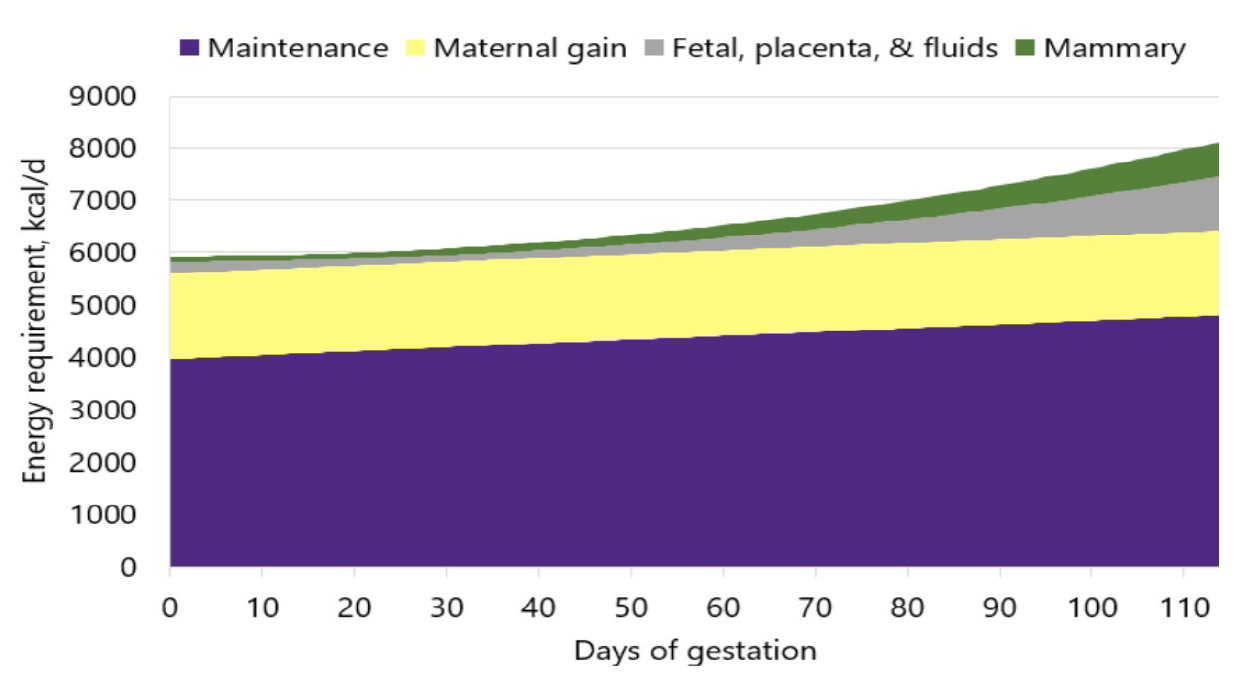
Figure 4. Gilts energy demands for different tissues/organs during gestation. Adapted from NRC, 2012
Late gestation. Increasing feed level (“Bump feeding”, ~1 kg extra from day 90 of gestation to farrowing) during late gestation when fetal growth is maximal has been attempted to increase birth weight. However, several studies have shown that bump feeding has little effect on piglets’ birth weight. The average birth weight of piglets from sows receiving bump feeding was only increased by 28 g (Goncalvez et al., 2016). It is considered that Birth weight needs to increase by at least 50 to have an impact on piglet survival (Langendijk et al., 2023). It appears that any extra nutrients fed to sows during this period of gestation only affect the weight of sows. Thus, bump feeding not only increases feed costs but can also negatively affect sow’s performance, as fatter sows tire faster during labour, potentially increasing the number of stillborns. However, targeted feeding during late gestation has a positive impact on the mammary development of gilts. Feeding an extra 40% standardized ileal digestible lysine (through greater dietary SBM inclusion) from day 90 of gestation and onward maximizes mammary development.
In conclusion, piglet birthweight is a critical factor influencing the health and growth performance of piglets throughout their lives. Manipulating birth weight can have significant implications for piglet survival, overall productivity, and economic returns in the swine industry. Manipulating piglet birthweight is a complex process influenced by various factors, including genetics, maternal nutrition, body condition, parity, and management practices. Sows are generally fed a single diet throughout gestation, but current research indicates that correct sow body condition and targeted feed formulation for each fetal developmental phase during gestation may improve litter uniformity and individual birth weight.
Note: References available upon request.
IT'S CHICKEN FEED
Black Soldier Fly Products in Poultry Feeds
Insects are sustainable alternative source of nutrients for farm animals. Black soldier fly (BSF, Hermetia ilucens L) efficiently converts organic sub-products into insect biomass. Grocery store organic wastes and farm-animal’s manure are an example of the by-products that are used to feed the larva. This insect’s ability of converting waste into feed is a key factor in optimizing the flow of nutrients in the food supply chain (Wang and Shelomi 2017) making this alternative very attractive when considering sustainability parameters.
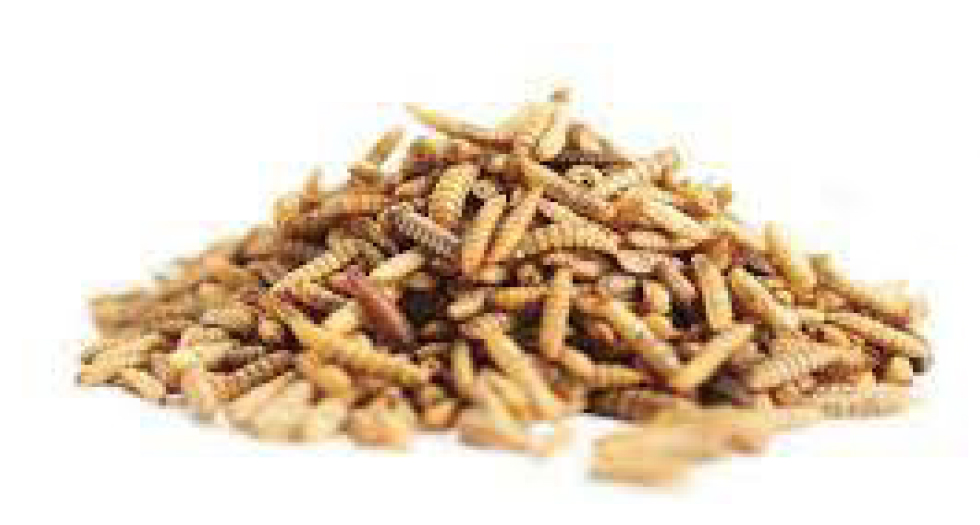
Figure3. Dried black soldier fly larvae. Adapted from https://www.rainbowmealworms.net
Black Soldier Fly Larvae (BSFL) are typically 42% crude protein and 29% fat. They can be fed as dried whole grubs or can be further processed to extract the oil and BSF protein meal. These larvae don’t concentrate pesticides or mycotoxins, which gives them an advantage compared to other insect alternatives. (Wang and Shelomi 2017).
Nutrient composition and inclusion levels
The usage of BSF in poultry diets provide not only nutritional value but also antimicrobial properties that enhance gut health due to the content of bioactive substances such as antimicrobial peptides lauric acid and chitin (Makker et al., 2014; Shumo et al., 2019; Kawasaki et al.,2019). The nutrient composition of the BSF is influenced by the life stage of the fly, the type of feed used and the processing level, defatted or whole (Ahmed et al., 2022). Figure 4 shows the BSF’s life cycle. Table1. summarizes the nutrient composition reported by different researchers.
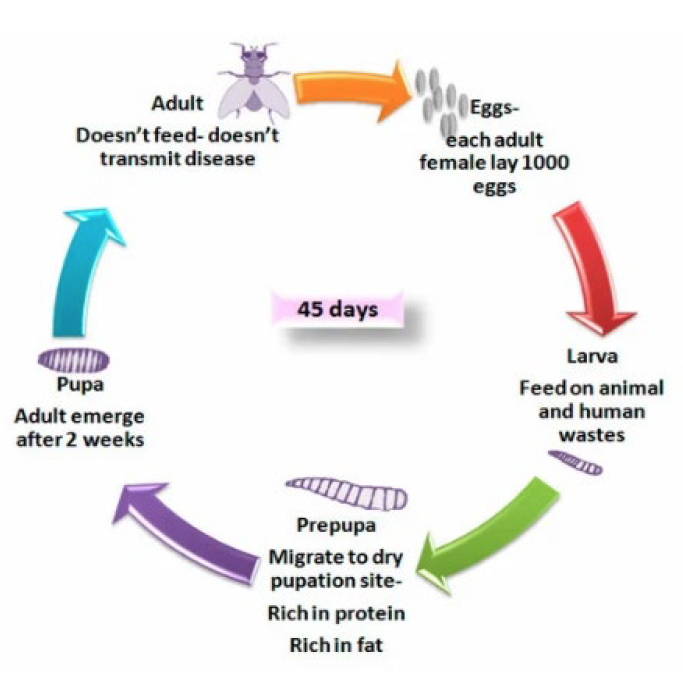
Figure 2. life cycle of BSF. Adapted from https://www.mdpi.com
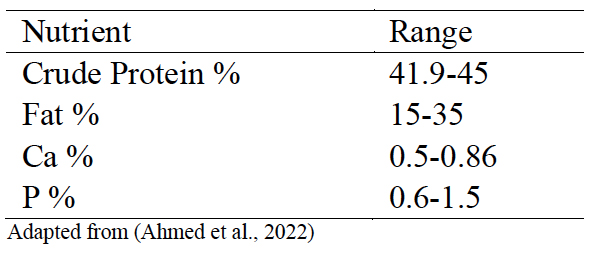
Table 1. Nutrient composition of black soldier fly as reported by Makker et al., (2014); Khan., (2018); Jozefiak and Enbery., (2015); Maurer et al., (2015).
The inclusion rate of black soldier fly products used in poultry diets vary depending on the species being fed. For laying hens, researchers have reported inclusion of BSF meal from 2% to 8% and in broilers, 2.5% to 28% (Ahmed et al., 2022). For turkeys, Jankowski et al (2021) used an inclusion of 5%,10%, and 15% of full fat BSF larvae and reported the same performance when compared against turkeys fed diets containing soybean meal.
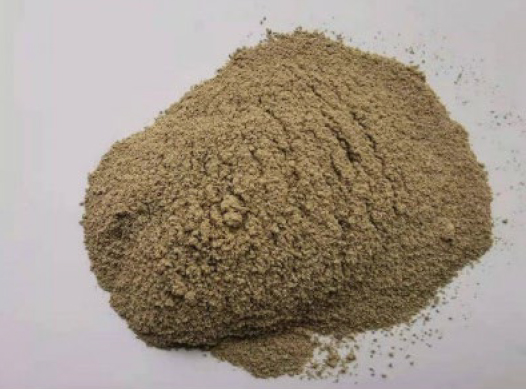
Figure 3. Defatted black soldier fly meal. Adapted from https://marketplace.bygora.com
The fat content of BSF larvae can be extracted by cold pressing. Kieronczyk et al. in 2020 fed young turkeys with 2.5% and 5% inclusion of BSF fat without affecting body weight, body weight gain, feed intake or feed conversion ratio, indicating that cold-pressed BSF fat is a recommended source of dietary energy.
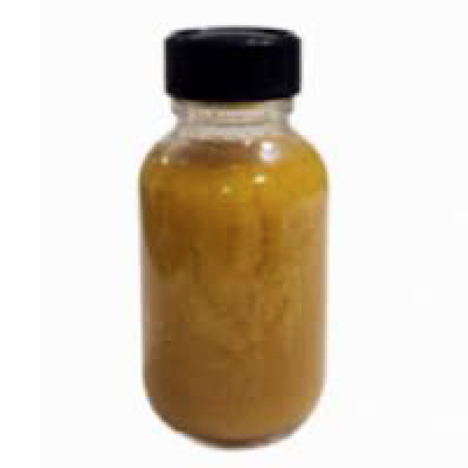
Figure 4. Black soldier fly larvae fat. Adapted from https://www.osgexim.com/bsfl
The Canadian Food Inspection Agency has approved the BSF products to be used as ingredients for poultry, swine and aquatic species. At Western Ag Supply we have fed broilers, turkeys and layers using these products with very good success. Currently the main limitation in using these alternative ingredients in commercial operation is the relative cost compared to traditional sources of protein and energy, such as soybean meal, canola meal, peas, soy oil and canola oil. For specialty products like soy free diets, the main limitation is the lack of companies supplying the BSF products.
In conclusion, the replacement of conventional sources of energy and protein with BSF products in poultry is successfully achieve without compromising performance when the nutrient composition of the product is known and the feed is properly balanced to achieve optimal performance of the birds.
ITS A MOO POINT!
Blue tongue disease: an exotic ruminant disease that may occur in the summer
Blue tongue disease (BTD) is a viral disease that affects domestic and wild ruminants such as sheep, goats, and cattle. It is caused by the Blue tongue virus (BTV), a member of the genus Orbivirus within the family Reoviridae [1]. The virus is transmitted by Culicoides biting midges and it can infect and replicate within the endothelial cells of blood vessels, causing inflammation, hemorrhage, and edema [2].
Clinical signs of BTD in sheep and lambs vary depending on the severity of the infection, the strain of the virus, and the immune status of the animal [3]. The incubation period ranges from 5 to 20 days, and the disease usually lasts for 1 to 2 weeks. Some of the most common clinical signs include:
- Fever
- Swollen lips, tongue, and face
- Excessive salivation
- Difficulty breathing due to nasal discharge and swelling of the respiratory tract
- Lameness and reluctance to move
- Ulceration and necrosis of the oral mucosa and tongue
- Conjunctivitis (swollen eye lids) and corneal opacity (whitish cornea)
- Abortion in pregnant ewes/cows
- Death in smaller and weaker lambs/calves
Some of these clinical symptoms may be similar to the symptoms of toxicities. Necropsy findings in ruminants with BTD usually reveal extensive hemorrhages (bleeding) and edema (swelling) in various organs, including the lungs, heart, liver, spleen, and lymph nodes [4].
The lesions may be frequently found in smaller ruminants. The lymphoid tissue of the tonsils, pharynx, and mesenteric lymph nodes may also be hyperemic and swollen. The oral mucosa (inside of the mouth) and tongue may show ulcers and necrosis, and the abomasum may have ulcers and petechial (tiny spots of) hemorrhages. Histopathological (using microscope) examination reveals necrosis and infiltration of inflammatory cells, especially lymphocytes and macrophages, in the affected tissues [5].
Any connection to Nutrition. There is limited evidence to suggest that nutrition can directly affect the onset of Blue tongue disease (BTD) in sheep and lambs. BTD is primarily transmitted by Culicoides biting midges, and the virus replicates within the endothelial cells of blood vessels, causing inflammation, hemorrhage, and edema [3,6,7]. However, adequate nutrition is important in maintaining a healthy immune system in any ruminant, which may help them resist BTD and other infectious diseases. Malnutrition, particularly protein and mineral deficiencies, can weaken the immune system and increase the susceptibility of sheep and lambs to BTD and other infections [8]. In addition, ruminants affected by BTD may experience reduced appetite and anorexia, which can lead to weight loss and malnutrition. Therefore, adequate nutrition is essential for the recovery of animals affected by BTD and for reducing the risk of secondary infections. Overall, while there is no direct link between nutrition and the onset of BTD, ensuring proper nutrition is essential in maintaining the health and immune function of sheep and lambs, which can help them resist BTD and other infectious diseases [4,7].
BTV is transmitted to ruminant hosts via vector species Culicoides, a blood feeding midge. If Culicoides is infected with BTV, it will transmit the virus to the organism on which it is feeding. Conversely, an uninfected Culicoides can obtain BTV from an infected ruminant. Different species of Culicoides vectors, inhabiting different regions of the world spread different BTV serotypes to their distinct regions [9]. Vector species Culicoides transmits BTV to ruminants. [2,9].
North America: BTV is endemic to the United States, Australia, Africa, Asia, Europe, and the Middle East. Since October 1998, the virus has gradually been encroaching northward, possibly because of the effects of global warming. Harsh winters in northern regions provided seasonal relief from the virus, as Culicoides vectors are unable to survive in such climates. However, milder winters as a result of global warming have permitted vectors to survive longer into the winter season, transmitting the disease and therefore increasing infection rates of ruminant hosts [10,11]. Differential diagnosis and specific serological (blood) testing would be critical for proper diagnosis and screening of Blue tongue disease.
Note: References available upon request.
ANNOUNCEMENTS
INDEXING
1st Hillridge Farming Co.
2nd Vanguard Farming Co. Ltd.
6th Wymark Farming Company Ltd.
HEALTH/QUALITY TATTOO
1st Sand Lake Farming Co. Ltd.
8th Wymark Farming Company Ltd
LEAN PERCENTAGE & LOIN DEPTH
Lean Percent Target
2nd Vanguard Farming Co. Ltd.
4th Garden Plane Farming Company
9th Wymark Farming Company Ltd.
Loin Depth Target
1st New Dale Hutterian Brethren
6th Raley Colony Ltd.
CORE AREA AND SORT
% in Core Area
2nd Hillridge Farming Co.
7th Raley Colony Ltd.
9th New Dale Hutterian Brethren
10th R. Valley Farming Co. Ltd.
Carcass Wt. Target
1st Hillridge Farming Co.
2nd Raley Colony Ltd.
5th Vanguard Farming Co. Ltd.
7th New Dale Hutterian Brethren
8th Wymark Farming Company Ltd.
THE WAGS TEAM
Jake Adams– Sales, Montana
David Borsboom – Sales Manager
Harry Korthuis – Sales Manager
Darcy MacDonald – Sales Manager
Doug Richards – Sales Manager
Tony Rock – Sales Manager
Gordon Van Dasselaar – Sales Manager
Denni Van Dasselaar-Sales Manager
C-Ann Cornell – Office Coordinator, Great Falls, Montana
Anne Dyck-Office Assistant, Lethbridge, Alberta
Hailey Moors – Office Manager, Lethbridge, Alberta
Darlene Thorburn – Office Coordinator, Swift Current, Saskatchewan
Saman Abeysekara – Ruminant Nutritionist
Benjamin Londono – Poultry Nutritionist
Mario Rebolledo – Poultry Nutritionist
Joaquin Sanchez – Swine Nutritionist
Danilo Sotto – Swine Nutritionist
Tom Dowler – General Manager
